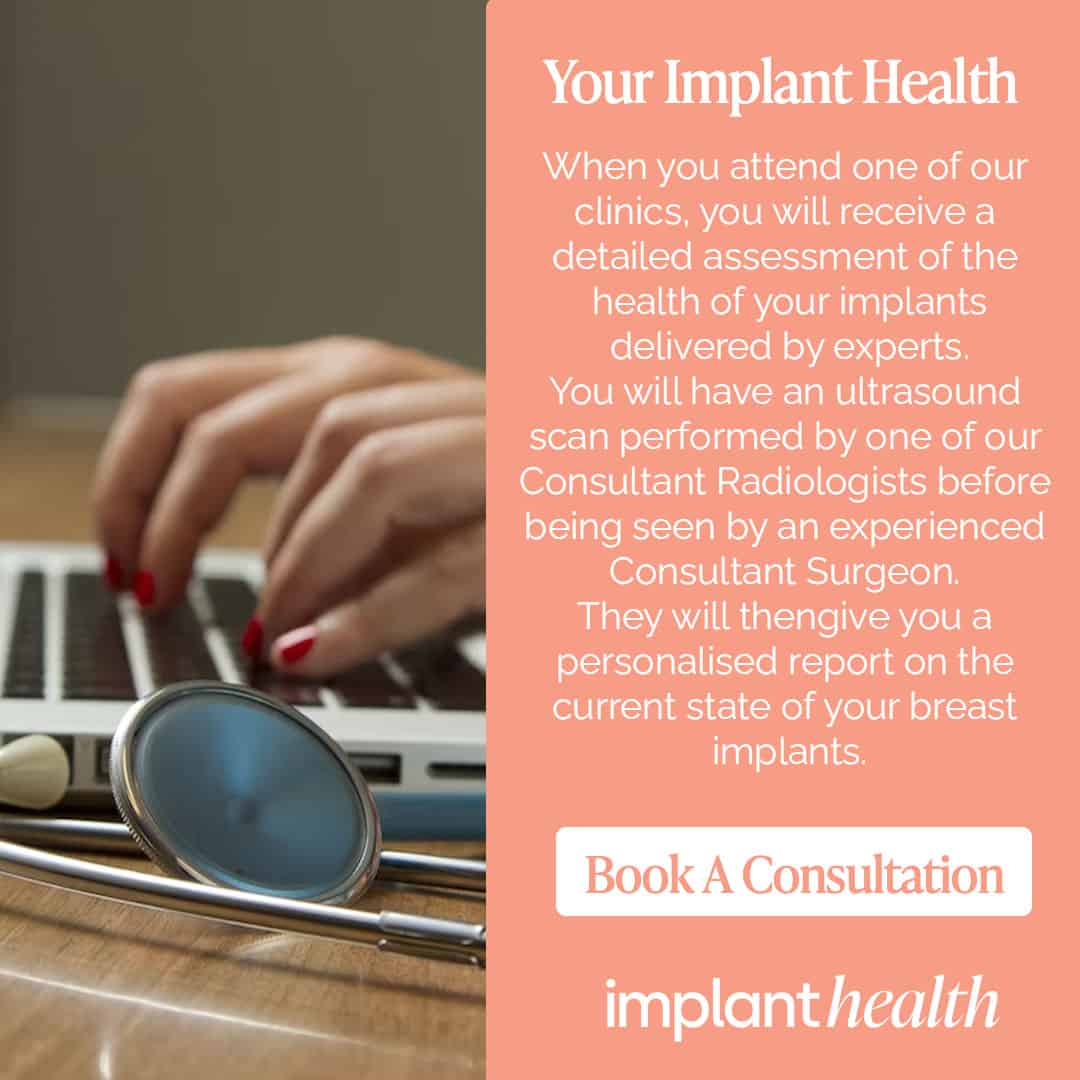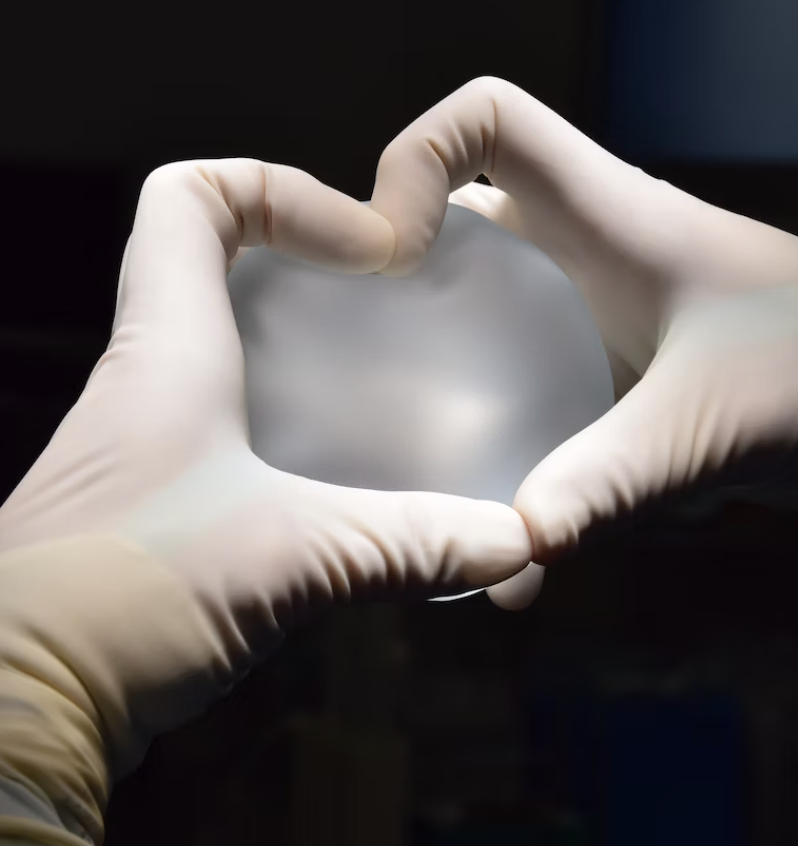The Truth About the Health Risks of Breast Implants
Breast implants are a popular aesthetic procedure that has become increasingly common over the past few years. Women choose to have them for a variety of reasons such as to increase breast size, correct asymmetry, or reconstruct post-cancer. However, with the prevalence of breast implants has come concerns regarding their impact on overall health. So, can breast implants harm your health? In this blog post, we will explore the topic in-depth to help you make a more informed decision about your body.
First, let’s address the most significant health concern surrounding breast implants which is breast implant illness (BII). BII is a collection of symptoms that some women experience after having breast implants. These symptoms include fatigue, brain fog, joint pain, and more. While there is no definitive proof that breast implants cause BII, many women have reported relief after removing their implants. It’s important to note that not all women with implants experience these symptoms, and not all symptoms are necessarily caused by the implants.
Another common concern is that breast implants can increase your risk of autoimmune disease. Again, while there is no conclusive proof that breast implants directly cause autoimmune disease, several studies have found a correlation between the two. One study found that women with breast implants had a higher incidence of a type of arthritis called rheumatoid arthritis. Another study found that women with implants were more likely to develop Sjögren’s syndrome, a disease in which white blood cells attack moisture-producing glands.
When it comes to breast cancer, many women worry that implants could potentially hide breast lumps or make it more difficult to detect cancerous cells. However, studies show that breast implants do not affect mammography accuracy. In fact, mammography provides more detailed images and can be performed more quickly in women with breast implants.
It’s also worth considering the material used in breast implants. The two most common types of implants are silicone and saline. Silicone implants are made of a silicone outer shell filled with silicone gel, while saline implants are filled with sterile saltwater. Several studies have been conducted on the safety of silicone implants and have found no evidence that they are associated with serious health risks. However, ruptures can occur, which can cause complications including infection, scarring, and breast pain.
In conclusion, while there may be some potential health risks associated with breast implants, it’s essential to note that the majority of women with breast implants do not experience any negative side effects. It’s crucial to speak with an experienced and qualified surgeon and perform proper research before undergoing any surgical procedure. Ultimately, the decision to get breast implants is a personal one, and every woman should do what feels right for her body. If you do decide to get implants, it’s important to maintain regular breast implant health checks to ensure the implants are healthy and functioning correctly.






